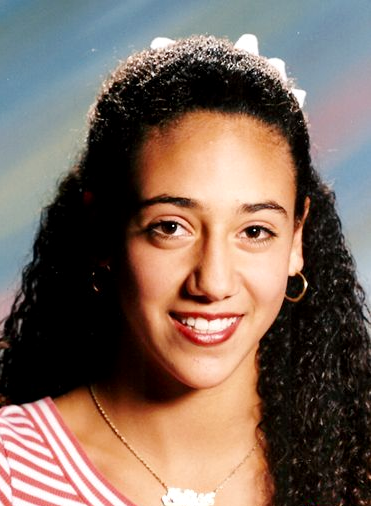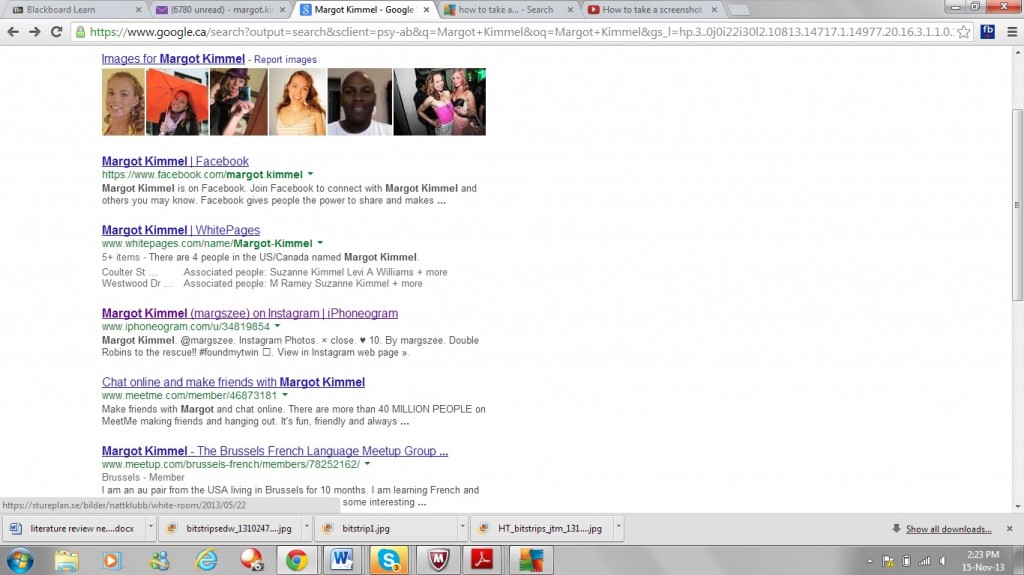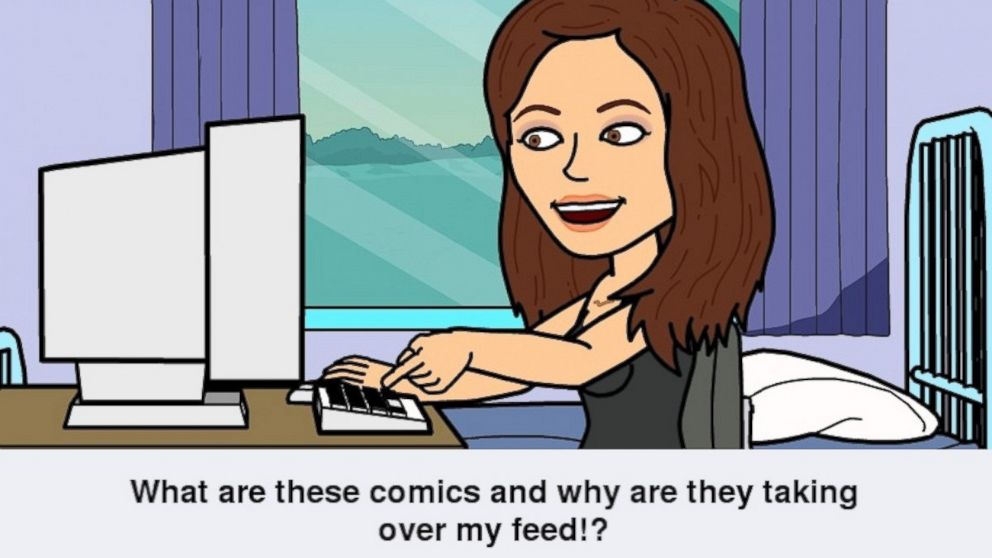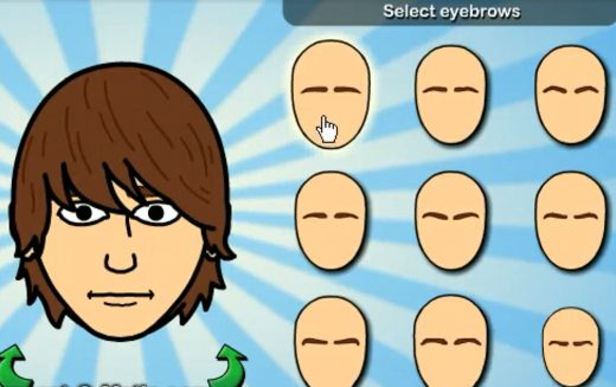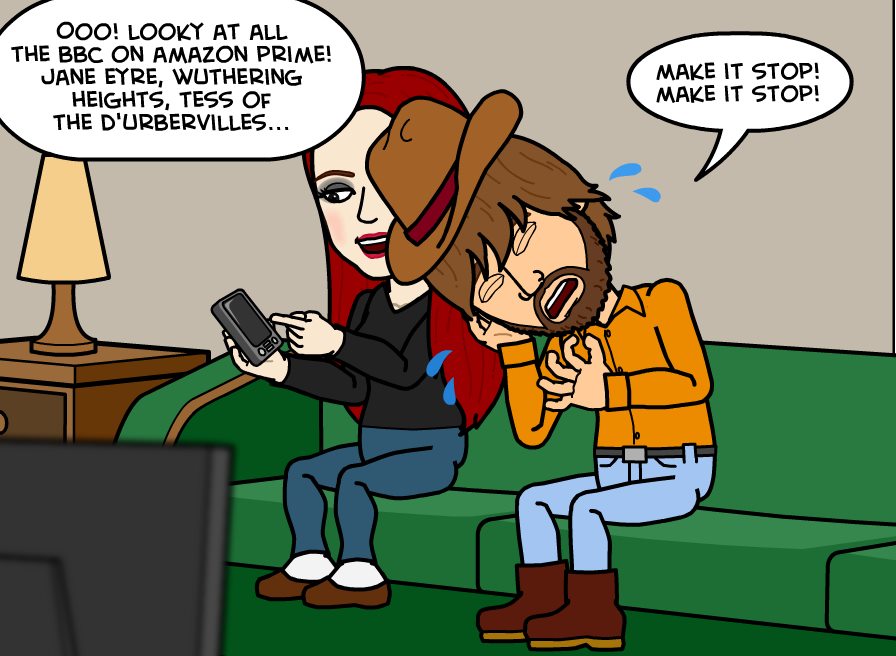I found Helen Wagner’s presentation “National Geographic and the Photographic Gaze: The Commodification of Indigenous Peoples in Consumer Culture” very interesting. She took on a critical view towards how the magazine National Geographic represents indigenous peoples in their photographs. She stated that the magazine is made for consumers, and therefore is inclined to present its subjects in a way that attract society and provide to their expectations. However, this means that much of the time its subjects get misrepresented. They tend to be represented in stereotypical ways, their cultural heritage is objectified, and they are not rightly acknowledged. For example, a recent photo on the cover of National Geographic was of an indigenous girl wearing “traditional” clothing and makeup from some kind of celebration. However, her name was not provided, and the focus of the picture was on her garb and makeup with the picture accentuating its “primitiveness,” objectifying the girl into simply a “thing” to look at in awe. This begins to make you wonder what National Geographic’s goal is in providing these photos about these indigenous people. Is it to learn about them in a personal way? Can one truly see and understand these people if they are not even personified with at least their names? These are questions such as those that Helen asked during her research.
However, this issue has been around for decades and is hard to break, especially if the aim of the provider is to cater to public views in order to make money. I found an article online (http://www.academia.edu/6050265/Decolonizing_cultural_heritage_of_Indigenous_people_and_their_knowledge_from_images_in_global_films) which took a critical view of film studies of indigenous tribes which tend to include many ideologies, stereotypes and biases about indigenous people, and “objectify indigenous people as commodities of a global culture.” This viewpoint is what Helen examined in her research on National Geographic as well. The article describes how scholars from Western cultures are the ones “who have held the political, social, and economic power to study, interpret, write, and teach about Indigenous pasts, viewing them from within a Western framework or “lens,” to create knowledge for consumption by Western public and scholarly audiences.” This is a very good reason for why National Geographic still chooses to cater to media misrepresentations–it is embedded in our Western culture to do so. The article goes on to describe the Western society’s way of purposely differentiating cultures, deliberately representing indigenous cultures as foreign, leading to the exaggeration of differences. This, the article says, is what has “created the division we see in the world today.” The question is, should we let this continue to happen? Why do we want to be given falsified information that just builds on our past stereotypes? Just because National Geographic is a commodity that is made mostly to make money, the magazine is there to educate, not fake what is already imagined. National Geographic needs to finally represent the full, true, personified indigenous tribes so that the world does not keep getting divided, but instead bring us together in an understanding that we really are not all that different from each other.







